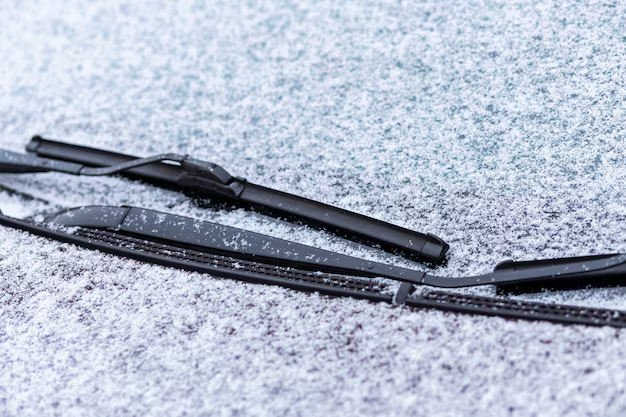Is Your Air Conditioner Dripping Water Inside? Here's What You Need to Know
An air conditioner leaking water inside your apartment is more than a mere annoyance; it could be a sign of underlying issues that require your immediate attention. Understanding the root causes of this problem not only helps restore comfort but also prevents potential damage to your living space.
Why Is My Air Conditioner Leaking?
Air conditioners are designed to keep your home cool and dry. However, when they start leaking water indoors, several factors might be at play:
Clogged Drain Line: A clogged condensate drain line is the most common cause of water leaking from your air conditioner. Over time, dirt and debris can build up, blocking the line and causing water to back up and overflow inside your home.
Dirty Air Filter: When the air filter is dirty, airflow is restricted, causing the evaporator coils to freeze. Once they melt, it can lead to water pooling and potential leaks.
Improper Installation: An air conditioner that's not installed correctly—particularly when it's not level—can cause water to flow inside rather than draining outdoors.
Low Refrigerant Levels: When refrigerant levels drop, the pressure inside the AC system might decrease, causing the evaporator coils to freeze and eventually thaw, leading to leaks.
Drain Pan Issues: If the drain pan is old or damaged, it might crack and fail to collect condensation properly, allowing water to leak inside.
What You Can Do to Fix It
Addressing a leaky air conditioner doesn't always require professional intervention. Here are some DIY steps you can take:
Check the Air Filter: Replace or clean your air filter if it's dirty, to ensure proper airflow and prevent the coils from freezing.
Inspect the Drain Line: Locate the condensate drain line and check for clogs. Use a wet/dry vacuum or a special pump to clear any blockages, ensuring proper drainage.
Level the Unit: Use a spirit level to check if the unit is properly installed. If it's tilted, adjust it accordingly, ensuring it's level for optimal drainage.
Monitor Refrigerant Levels: Although adding refrigerant typically requires a professional, ensure you regularly service your unit to prevent leaks caused by low refrigerant.
Examine the Drain Pan: Look for cracks or damage in the drain pan. If necessary, replace it to prevent water accumulation and leaks.
Expanding the Solution: Focus on Financial Aids
If the problem requires professional help or even a new unit, the associated costs can be daunting. Here's how you can explore financial solutions:
Government Aid Programs: Various local and federal programs offer assistance for energy efficiency improvements, which may cover HVAC repairs or replacements.
Home Improvement Loans: Some loans with low interest rates can provide the necessary funds to fix or upgrade your air conditioner without significant upfront costs.
Energy Efficiency Rebates: Check for utility rebates that encourage upgrading to more efficient systems, potentially reducing both initial costs and future energy bills.
Credit Card Solutions: Interest-free introductory offers on credit cards can bridge the gap if you must replace your air conditioner immediately.
Non-Profit Aid: Some community organizations or charities may offer help to low-income families in dire need of home repairs.
🔧 Fix Your AC with Financial Help:
- Energy Efficiency Rebates: 💡 Reduce costs on new AC units.
- Home Improvement Loans: 📊 Low-interest options available.
- Government Aid Programs: 🏢 Check eligibility for HVAC assistance.
- Credit Card Offers: 💳 Interest-free introductory periods.
- Non-Profit Assistance: 🤝 Help for low-income households.
Navigating the potential causes and solutions of an air conditioner leaking water inside your apartment is the first step to resolving the issue. Simultaneously exploring financial aid options can ensure you stay cool and comfortable without financial strain, making both practical and financial sense in the long run.
